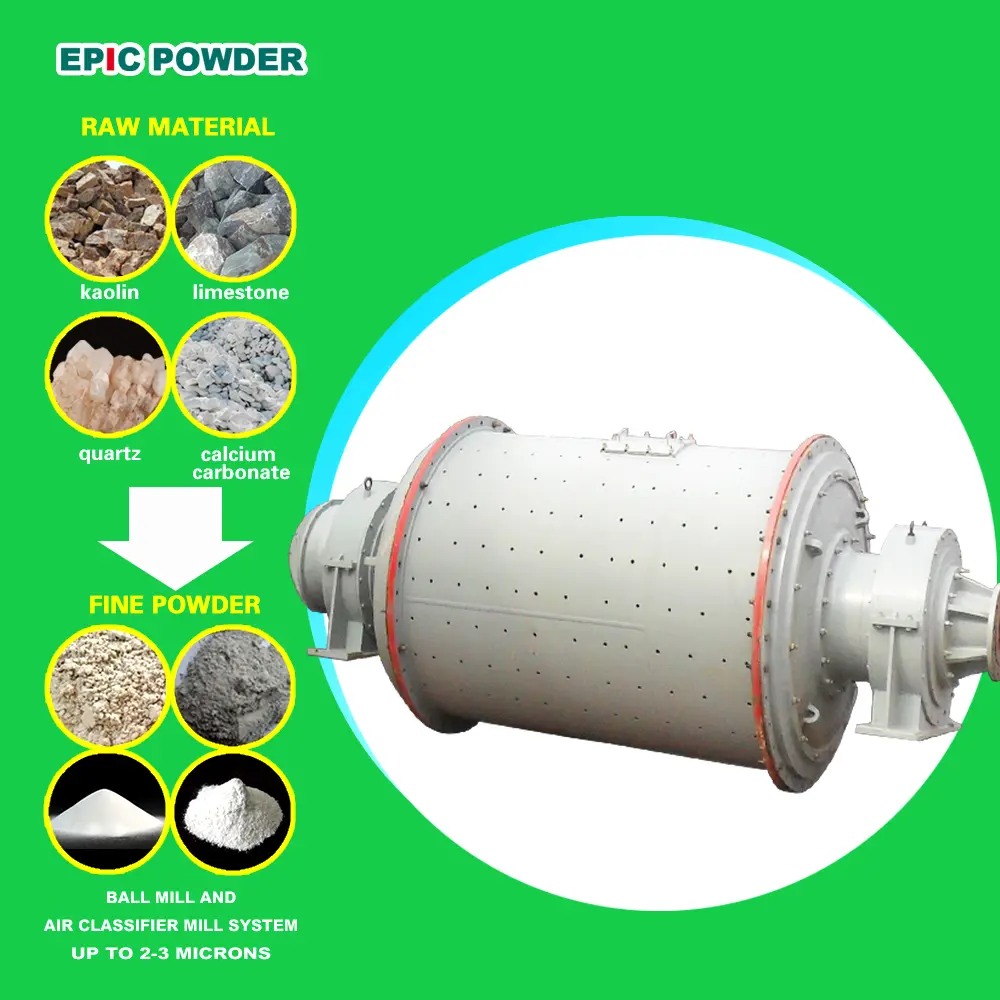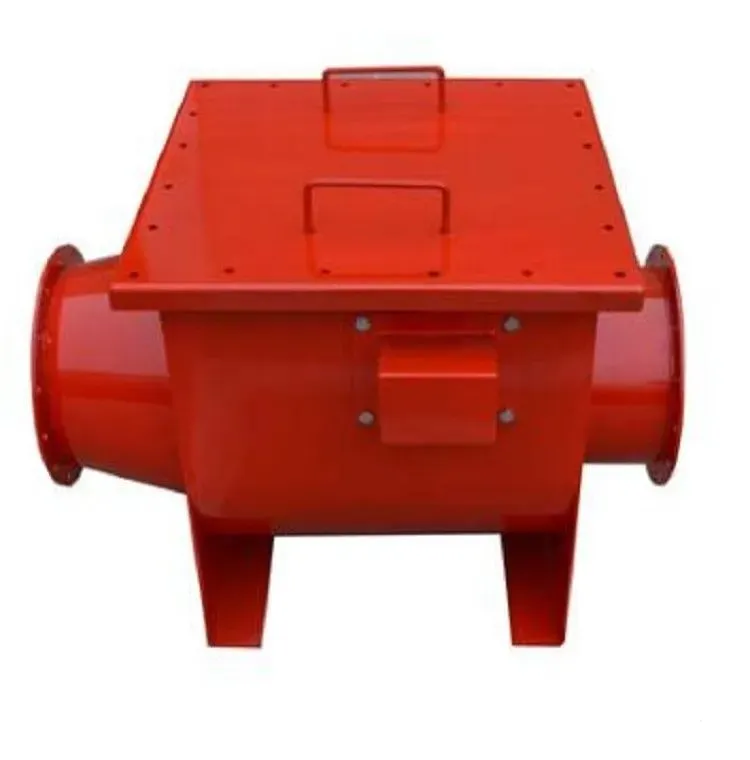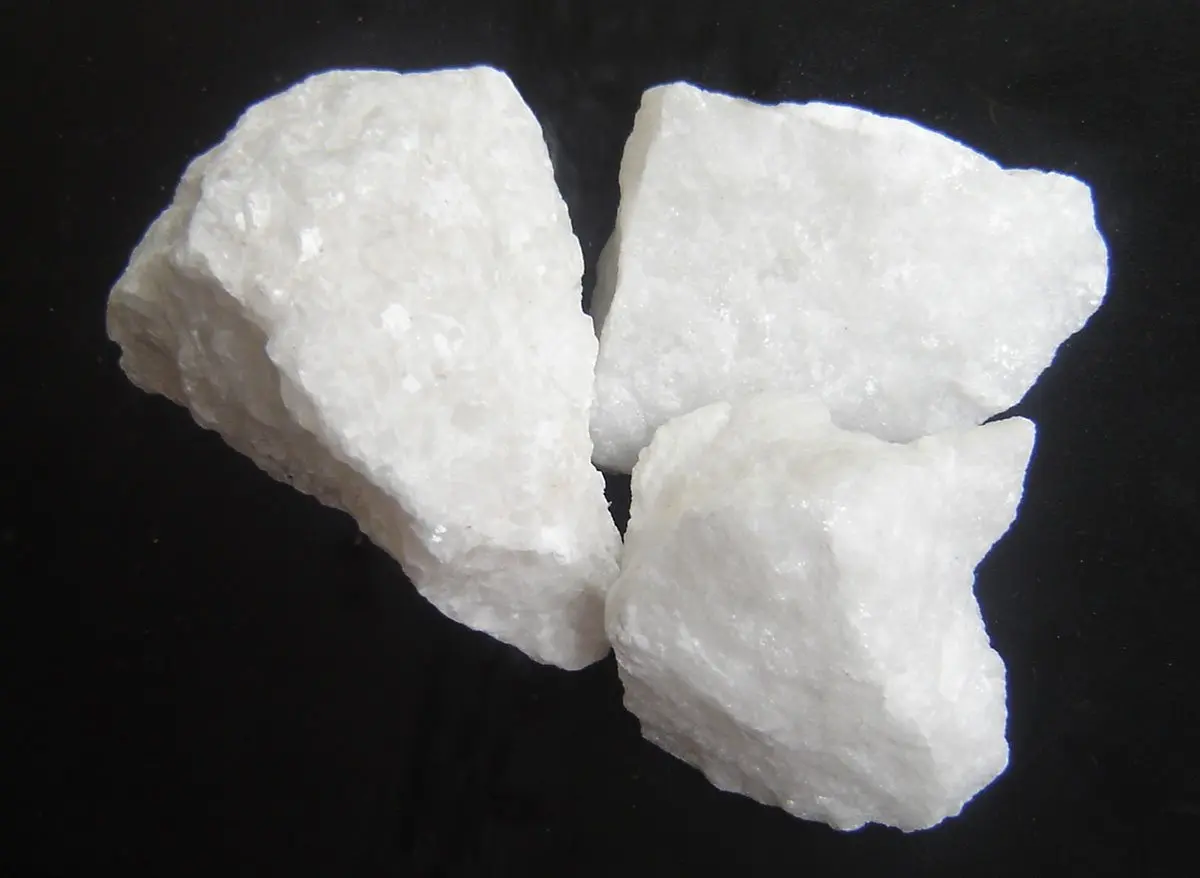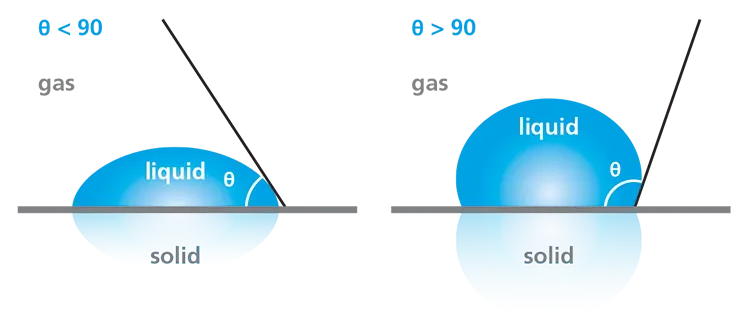The air classifier is used for classifying powder materials, which uses centrifugal force and airflow dynamics to classify materials. It can classify materials into particles of different sizes and can control the particle size range of product quality. The air classifier is suitable for materials of various hardness, density and humidity. It can be divided into ultrafine powder, small particles, medium particles and large particles.
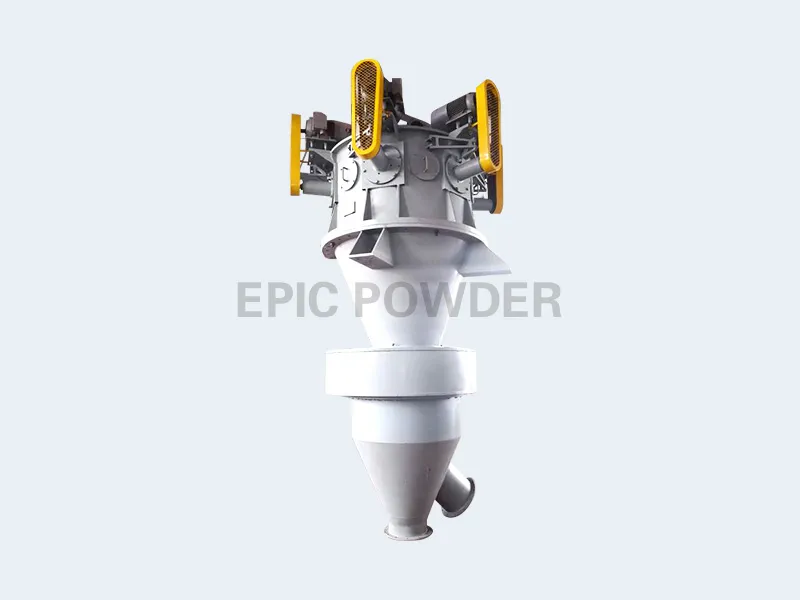
I. Working principle of air classifier
Air classifier is a device that classifies materials based on aerodynamic principles. Its main principle is to eject materials from the feed pipe. Under the high-speed airflow, the materials are divided into particles of different sizes, and finally processed centrally by the classifier.
The entire process of the air classifier can be divided into three parts: feeding system, classification system and discharge system. Specifically, the workflow of the air classifier is as follows:
1. Material feeding
The material first enters the air classifier from the feed pipe. It usually needs to be pre-treated, such as crushing, drying, etc.
2. Airflow generation
In the feed pipe, compressed air or other gases are used to generate high-speed airflow. In this case the material is brought to the centrifuge.
3. Separation
In the centrifuge, the material is dispersed and enters the classification chamber. Gravity and inertia act on the material particles, causing them to move radially along the axis of rotation. It can also separate two different sizes of particles.
4. Classification
After separating particles of different sizes, the particles will be transported to the corresponding classifier for screening and collection according to size.
5. Discharge
After separation, the material is discharged through the discharge port and then enters the next production stage or is packaged and stored.
II. Characteristics of air classifier
1. High classification accuracy
The air classifier can realize the classification of ultrafine powders and can control the fineness range.
2. Large processing capacity
The air classifier has a relatively large processing capacity and can meet the needs of the production line.
3. Low energy consumption
The airflow principle is used for classification, which is more energy-saving and environmentally friendly than traditional wet classification equipment.
4. Wide application industry
The air classifier is suitable for materials of various hardness, density and humidity, and is widely used in chemical, pharmaceutical, metallurgical and other industries.
III. Scope of application and application industry of air classifier
The air classifier is suitable for materials of various hardness, density and humidity, which can be divided into ultrafine powders, small particles, medium particles and large particles. It can separate powders, particles and minerals of specific sizes, and can control the particle size range of product quality.
air classifiers are mainly used in industries such as chemical, pharmaceutical, food, metallurgy, electronics, building materials, ceramics, pigments, adhesives, etc., all of which require fine classification of materials. For example, in the food industry, air classifiers can be used in the production process of products such as coffee, cocoa, dairy products and protein; in the chemical industry, air classifiers are mainly used in pigments, powder coatings, plastics and rubber.
IV. Defects of air classifiers
1. Classifiers are easily blocked
The classifiers of air classifiers are easily blocked by small particles, resulting in poor operation of the equipment.
2. High energy consumption
Although air classifiers use aerodynamic principles for classification, in order to form high-speed airflow, a large amount of energy is required, resulting in high energy consumption of the equipment.
3. High requirements for material viscosity
Air classifiers will have difficulties in handling sticky materials, and pretreatment or other classification equipment is required.
4. Environmental pollution
Since air classifiers use gas as a driving force, environmental pollution problems such as dust and noise may occur.
V. Future development needs of air classifiers
1. Improve separation accuracy
With the continuous development of science and technology, all walks of life have higher and higher requirements for particle size, so air classifiers also need to continuously improve their separation accuracy.
2. Energy saving and environmental protection
In the future development, more and more people are paying attention to environmental protection issues. Therefore, the energy saving and environmental protection performance of air classifiers will receive more attention and improvement.
3. Improved automation level
With the maturity of artificial intelligence and automatic control technology, more air classifiers will realize automated production, improve production efficiency and production safety.
4. Expanded application areas
With the continuous expansion of the demand for powder screening in all walks of life, air classifiers will gradually penetrate into more fields.
Conclusion
Air classifiers are an important dry screening equipment with the characteristics of high classification accuracy, large processing capacity, low energy consumption, and wide application industries. Air classifiers have some defects. These include easy blockage of the classifier, high energy consumption, and strict material viscosity requirements. Environmental pollution is another challenge. However, science and technology continue to advance. Applications of air classifiers are expanding. They are being improved to address these issues. This ensures they meet the demands for quality, efficiency, and environmental performance across industries.

